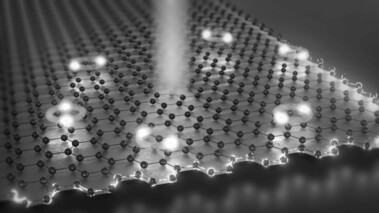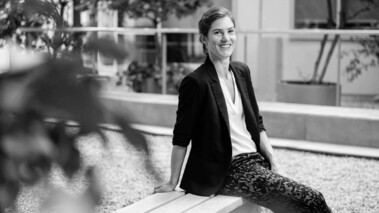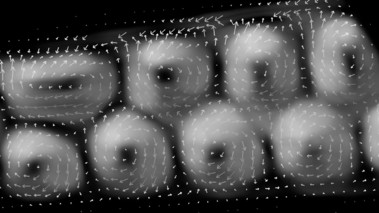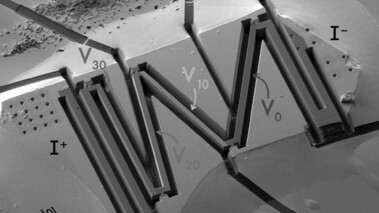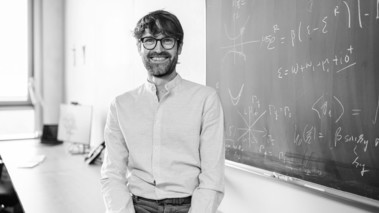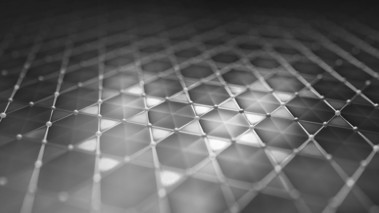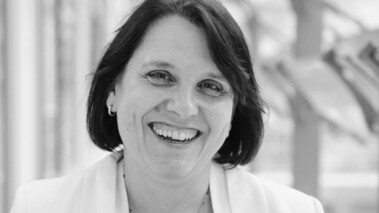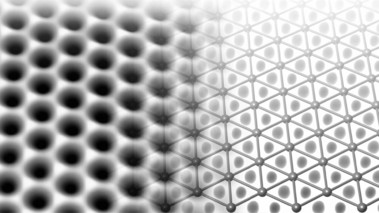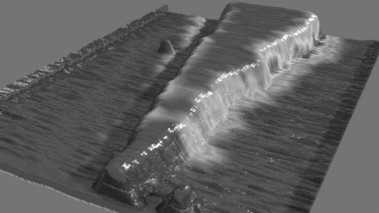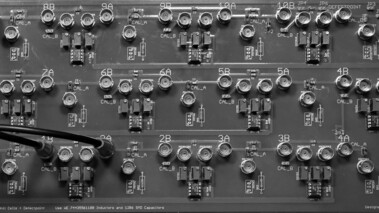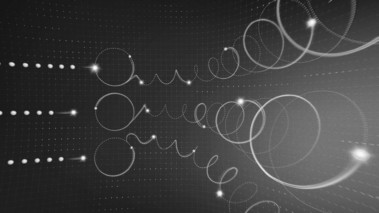News
-
![Thumbnail-Exzitonen-Meilenstein-Jo-Rgbandmann]()
10 Jan 2023
Milestone for light-driven electronics: Excitons generated in a topological insulator for the first time
more
-
![Elena Hassinger sitzt im Freien und lächelt in die Kamera, professionelles Porträtfoto für Pressezwecke.]()
04 Nov 2022
New quantum professor in Dresden: With record low temperatures into the hotspot of solid state physics
more
-
![Skyrmionen-Abb1-1920x1080]()
30 May 2022
Whirlwind in the material: Dresden physicist wins prize for world's first image of a 3D magnetic field
more
-
![Visualisierung einer FRG-Materialstruktur mit VO-Gitter und chemischen Elementen.]()
09 May 2022
A ‘fast lane’ for electrons
more
-
![20220310-Heinzmaierleibnitzpreis-Fototobiasritz]()
10 Mar 2022
Dresden physicist belongs to the best early career scientists in Germany
more
-
![Kagome-Metalle0003-Urheberjo-Rgbandmann-1920x1080]()
11 Feb 2022
Electron conspiracy in a Japanese lattice pattern: Kagome metals baffle science
more
-
![Freundliches Porträtfoto von Claudia Felser, aufgenommen in heller Umgebung, mit direktem Blick in die Kamera.]()
06 Dec 2021
Claudia Felser receives Max Born Prize
more
-
![Farbliche Illustration mehrerer Elektronen in einer Anordnung mit Lichtpunkten auf dunklem Hintergrund.]()
05 Nov 2021
Electron family creates previously unknown state of matter
more
-
![Dreieckigehonigwaben-Abbildungctqmat]()
14 Sept 2021
Triangular Honeycombs: Physicists design novel quantum material
more
-
![Bauanleitungfuerquantenmaterialien-1920x1080]()
02 Jul 2021
"Construction manual" for quantum materials
more
-
![Nahaufnahme einer Platine mit elektrischen Schaltungen, Bauteilen und LEDs für topolektrische Forschung.]()
31 May 2021
Topolectrical circuits: A new direction of topological research is ready for take off
more
-
![Pressebild-Elektroneninderwarteschlange-Joergbandmann-1920x1080]()
28 May 2021
Electrons waiting for their turn: New model explains 3D quantum material
more


